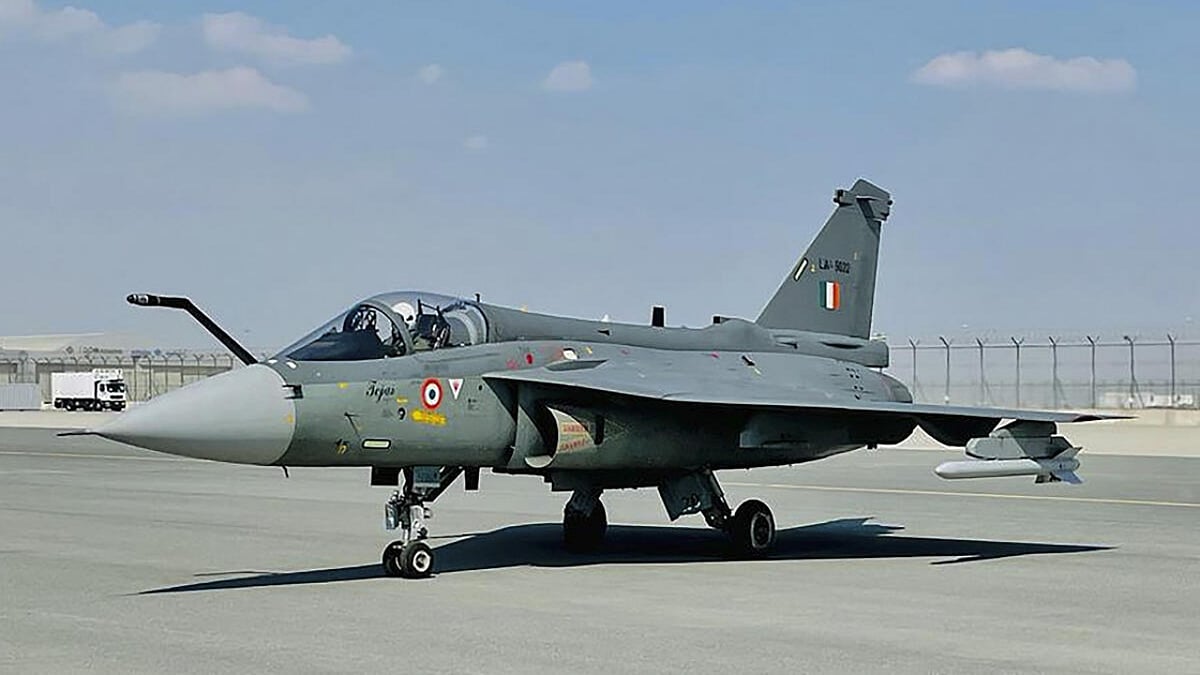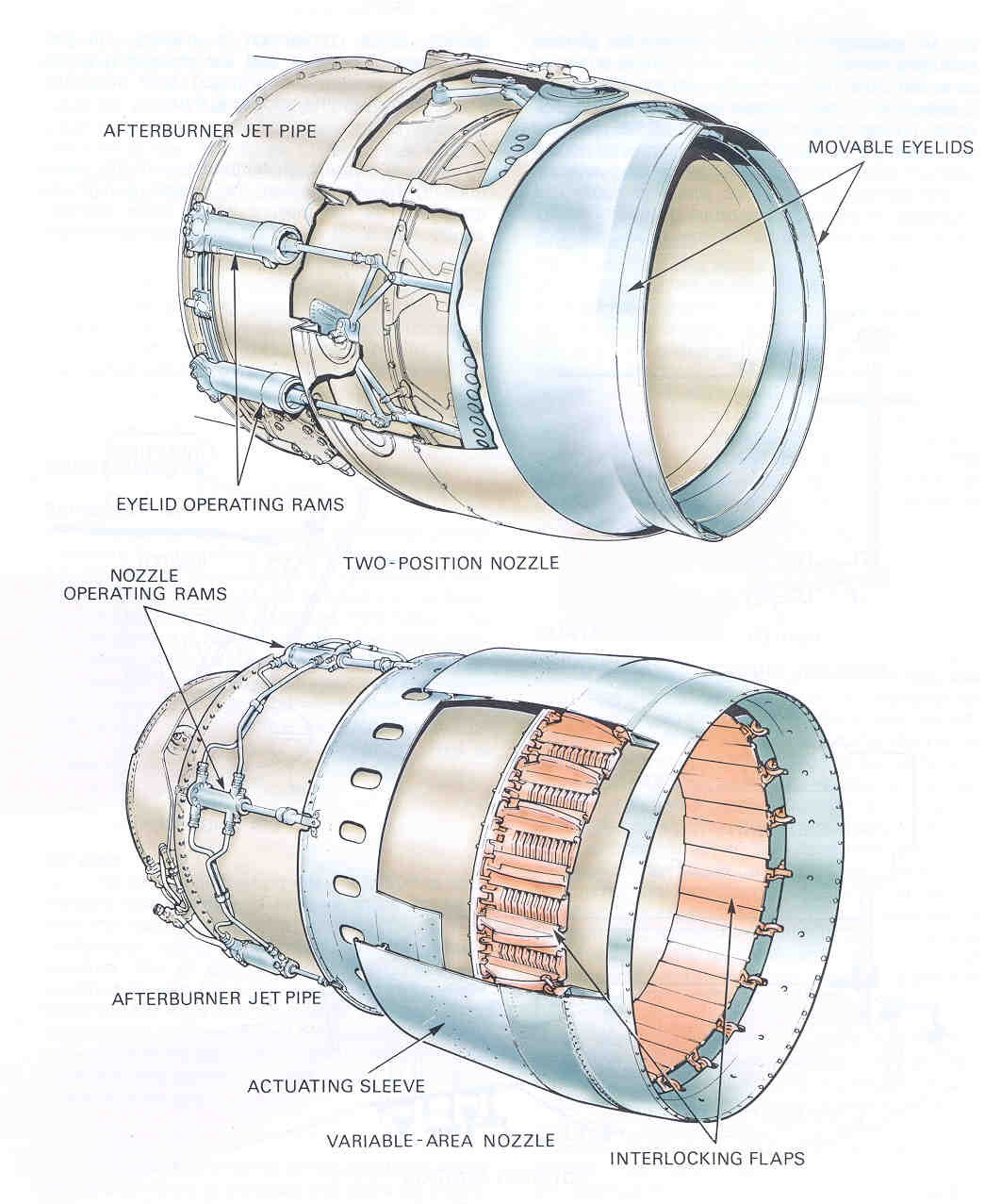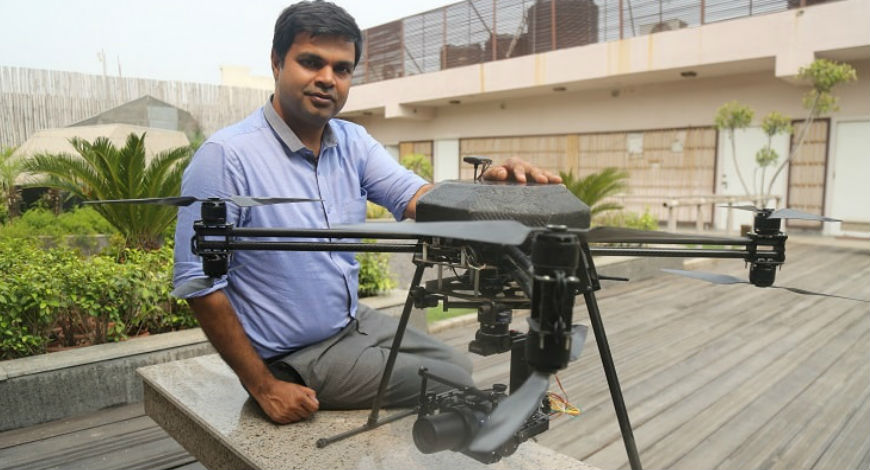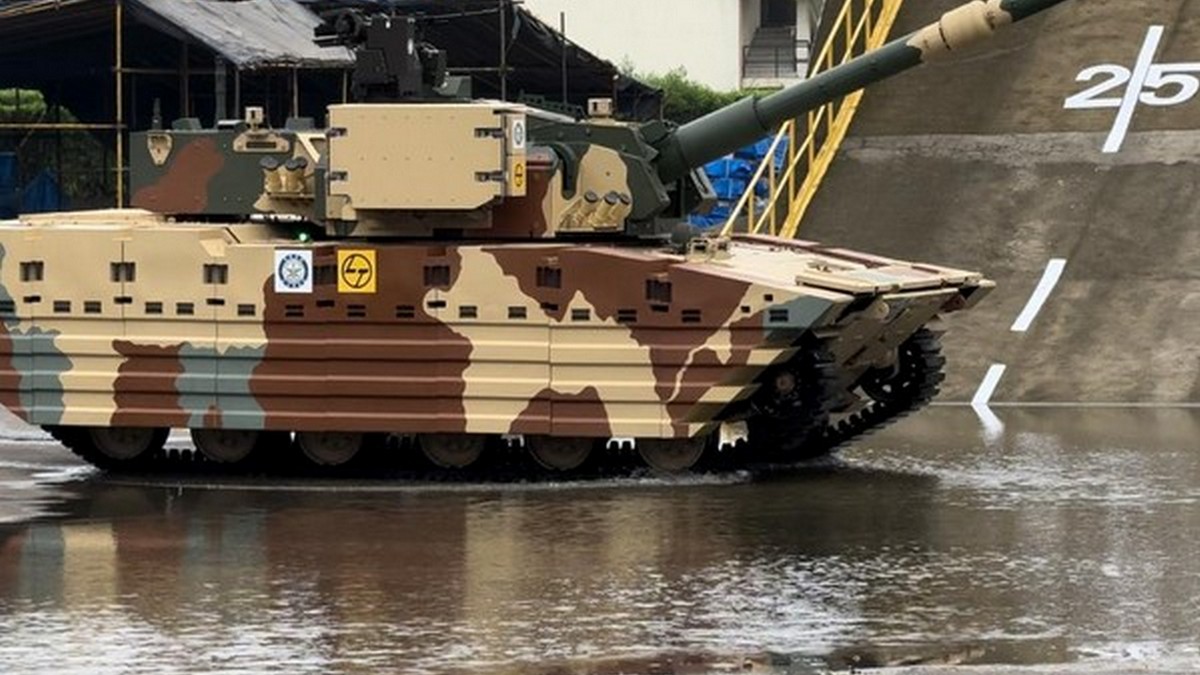SOURCE: RAUNAK KUNDE / NEWS BEAT / IDRW.ORG

India’s Light Combat Aircraft (LCA) Tejas Mk1A program faces a potential delay due to ongoing issues with the supply of F404 engines from GE Aerospace. Sources close to the program have informed idrw that these delays could push back deliveries by over 10-12 months.
The Tejas Mk1A was designed specifically for the F404 engine, and there is currently no viable alternative. The Kaveri engine, an indigenous option being developed by India, is still facing delays and is not expected to be ready for production for another 5-6 years. The RD-33 engine, considered in the early 1990s, is no longer a feasible fallback solution.
Continue readingSOURCE: RAUNAK KUNDE / NEWS BEAT / IDRW.ORG

In a move towards greater inter-service cooperation and improved safety, the Indian Army is leading a joint initiative to procure specialized explosive vans for the transportation of ammunition by the Army, Navy, and Air Force.
The current practice of using General Staff (GS) vehicles for transporting explosives is deemed hazardous due to inadequate fire and security measures. The new explosive vans aim to address these shortcomings by providing a safer and more secure mode of transporting ammunition.
Continue readingSOURCE: AFI

India’s quest for self-reliance in advanced fighter jet technology takes a crucial step forward with a new project focused on afterburners. This project, funded by the Aeronautical Research and Development Board (ARDB), delves into the complexities of afterburner operation, a critical component for the indigenously developed Advanced Medium Combat Aircraft (AMCA).
An afterburner is essentially a device that injects extra fuel into the hot exhaust of a jet engine, allowing for a significant increase in thrust. This translates to enhanced power and maneuverability for fighter jets, particularly during high-speed maneuvers and combat situations. The successful operation of the afterburner is vital for the Indian Air Force and Navy, as it directly impacts the performance of their aircraft.
Continue readingSOURCE: AFI

The Cockerill 3105 turret, developed by John Cockerill Defense, is a modular and lethality-focused weapon system designed to equip modern armored vehicles. Currently integrated into the DRDO’s Zorawar Light Main Battle Tank, developed with Larsen & Toubro (L&T), the 3105 turret offers a potent combination of firepower, crew protection, and advanced technology.
The Cockerill 3105 prioritizes reliability and efficiency. It utilizes mature, in-production components, minimizing technical risks and accelerating deployment timelines for combat vehicles.
Continue readingSOURCE: AFI

The Indian Army recently held a grand “Know Your Army” Weapon and Equipment Display at the Kargil Helipad, marking a prelude to the upcoming celebrations of the Rajat Jayanti of Kargil Vijay Diwas. This event served as a platform to showcase the military’s strength and equipment to the public.
Coinciding with the Army’s display, The Indian Air Force (IAF) also has deployed its recently inducted Surface to Air Missile for Assured Retaliation (SAMAR) air defense system in the Ladakh region, close to the Line of Actual Control (LAC) with China.
Continue readingSOURCE: AFI

India’s historic Gaganyaan mission, the nation’s first human spaceflight, will rely on a critical piece of indigenously manufactured technology: the special “drouge parachute” system. Developed by the Ordnance Equipment Factory, Hazratpur, these parachutes will play a vital role in ensuring the safe return of the three-member crew.
The parachutes are not a single unit, but a sophisticated four-part system designed for a controlled descent. With a total of 28 sets planned, 12 have already been delivered to the Indian Space Research Organisation (ISRO), with the remaining 16 scheduled to arrive by August 2024.
Continue readingSOURCE: IDRW.ORG

The Indian Army has taken a significant step towards bolstering its off-road mobility with the issuance of a Request for Proposal (RFP) for 24 units of the All-Terrain Vehicle (ATV) SHERP-N 1200, also known as the ATOR N1200. This robust vehicle is being indigenously manufactured by JSW Gecko Motors Pvt Ltd, marking the JSW Group’s foray into the Indian defense sector.
JSW Gecko Motors, a subsidiary of the leading JSW conglomerate, recently acquired a majority stake in Gecko Motors, an established player in the extreme off-road vehicle domain. Production of the ATOR N1200 is underway at JSW Gecko’s newly established manufacturing facility in Chandigarh, Punjab.
Continue readingSOURCE: IDRW.ORG

Indian startup Omnipresent Robot Technologies is making waves in the defense sector with its development of Artificial Intelligence for Machine Learning (AIML) software for the Indian Air Force (IAF). This innovative solution promises near real-time updates derived from satellite imagery, potentially revolutionizing the IAF’s situational awareness.
The software, designed for satellite-based solutions, will be a game-changer for the IAF. Imagine this: satellites surveying border areas constantly feeding information into the AI. The AIML software will then analyze the imagery, detecting developments like new infrastructure or military equipment deployment in near real-time. This critical information will be delivered to the IAF, empowering them to make intelligent decisions based on the latest intel.
Continue readingSOURCE: AFI
)
The Indian Army is set to receive a revolutionary new fighting machine: the Zorawar light tank. This innovative vehicle, jointly developed by the Defence Research and Development Organisation (DRDO) and Larsen & Toubro (L&T), boasts a world-first feature – an integrated unmanned aerial vehicle (UAV) for enhanced reconnaissance and surveillance capabilities.
Designed specifically for excelling in high-altitude terrains like Ladakh, the Zorawar is a nimble and powerful light tank. Weighing in at 25 tonnes, it offers superior maneuverability compared to heavier main battle tanks. This agility is crucial for navigating the challenging mountainous regions.
Continue readingSOURCE: AFI

The recent delays in the supply of F404 engines for the Light Combat Aircraft (LCA) Tejas Mk1A program by GE have reignited discussions about alternative engine options. While some have questioned if the Klimov RD-33 engine from Russia could have served as a viable backup plan, historical context reveals that the RD-33 was never a serious contender for the Tejas program.
The RD-33 engine, first used in the MiG-29A aircraft, has a well-documented history of safety issues. These included a high rate of engine flameouts in its early days, along with poor serviceability records. Furthermore, in the mid-1990s, the RD-33 lacked certification for single-engine operation, a critical requirement for the Tejas.
Continue readingSOURCE: AFI

The Indian Army’s Southern Command has unveiled a resourceful solution for mine clearance: an improvised tractor equipped with a mine clearing roller system. This “jugaad,” a Hindi term for an ingenious solution, demonstrates the Army’s adaptability and commitment to protecting its personnel.
The mine clearing roller system acts as a protective device, detonating landmines and Improvised Explosive Devices (IEDs) before they can harm military vehicles. This crucial safeguard empowers troops to navigate forward operating bases (FOBs) and logistic routes with greater confidence, minimizing casualties and ensuring the smooth flow of supplies.
Continue readingSOURCE: AFI

While the world watches the ongoing war in Ukraine, a lesser-known story is unfolding in Hajipur, Bihar. Here, a shoe manufacturing unit is churning out footwear that’s not just gaining international acclaim but is also the trusted companion of Russian soldiers braving harsh conditions.
Competence Exports Pvt Ltd., established in 2018 with the aim of generating local employment, has become India’s largest exporter of safety shoes to Russia. Their shoes are specifically designed to withstand extreme weather, making them ideal for the battlefield or snowy terrains.
Continue readingSOURCE: AFI

In an unexpected and controversial development, a local digital news network in Pakistan-occupied Jammu and Kashmir (PoJK) has conducted an interview with Shamsher Khan, a high-ranking commander of Hizbul Mujahideen. This organization is designated as a terrorist group by the European Union, India, Canada, and the United States.
The interview, uploaded by JK Bol, features Shamsher Khan discussing the organization’s past acts of terrorism and outlining their future sinister intentions. During the interview, the commander emphasized the significance of Pakistan’s Prime Minister declaring Burhan Wani, a Hizbul Mujahideen militant, as a hero at the United Nations. He also remarked that their objective was to “actively confront the Indian Army and prevent them from being at ease.”
Continue readingSOURCE: RAUNAK KUNDE / NEWS BEAT / IDRW.ORG

The Indian Air Force (IAF) is considering a new approach for maintaining the F-404 engines that power its Tejas Mk1A fighter jets. This strategy takes inspiration from the IAF’s management of its Pilatus PC-7 Mk.II trainer fleet.
Similar to how the IAF directly engages with Pratt & Whitney, the engine manufacturer for the PC-7, the Air Force is mulling bypassing Hindustan Aeronautics Limited (HAL) and working directly with GE Aerospace, the makers of the F-404 engines. This approach aims to streamline the spare parts and supply chain process, eliminating unnecessary middlemen.
Continue readingSOURCE: RAUNAK KUNDE / NEWS BEAT / IDRW.ORG

Rolls-Royce is actively campaigning its MT30 Marine Gas Turbine for the propulsion system of the Indian Navy’s upcoming IAC-2 aircraft carrier. This comes after the MT30 was initially considered for a larger, 65,000-ton carrier project that was later shelved in favor of the 44,000-ton INS Vikrant, currently powered by General Electric LM2500 engines.
Rolls-Royce sees IAC-2, the sister ship to INS Vikrant, as a crucial opportunity for the MT30. The company is highlighting the potential for engine continuity when the even larger IAC-III carrier is built, especially considering Defense Minister Rajnath Singh’s suggestion of a future Indian Navy with more than four carriers.
Continue reading